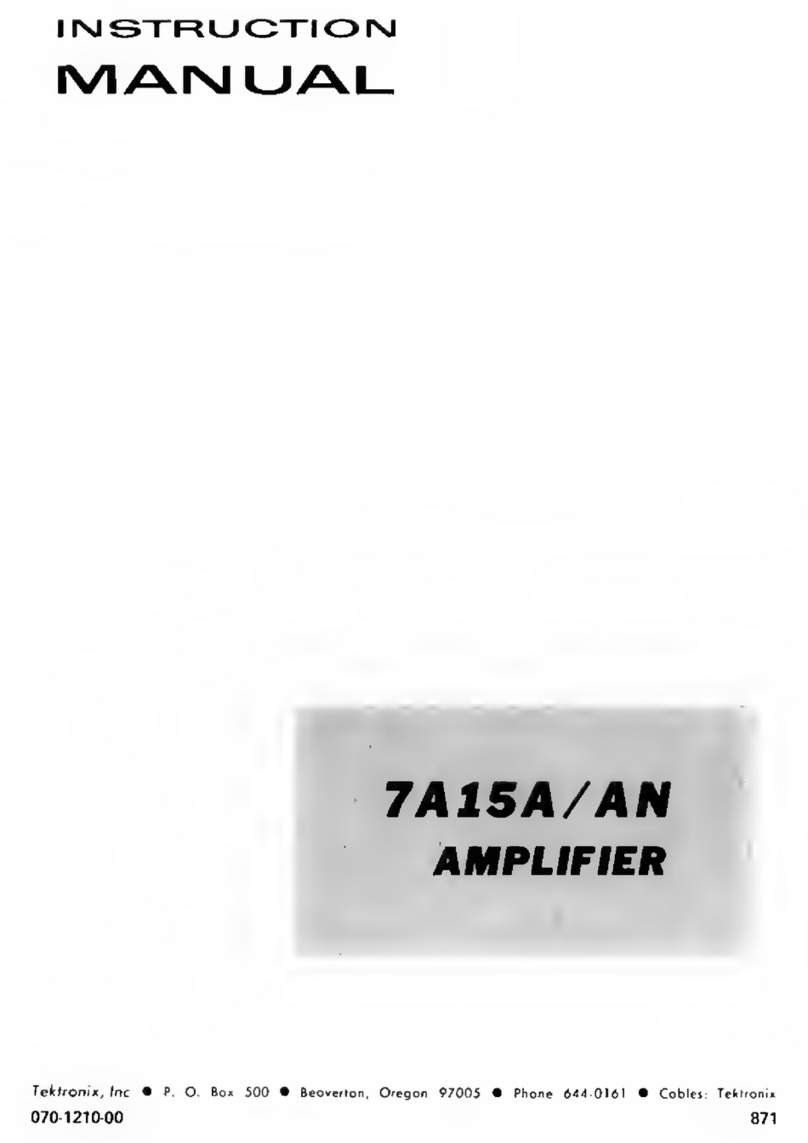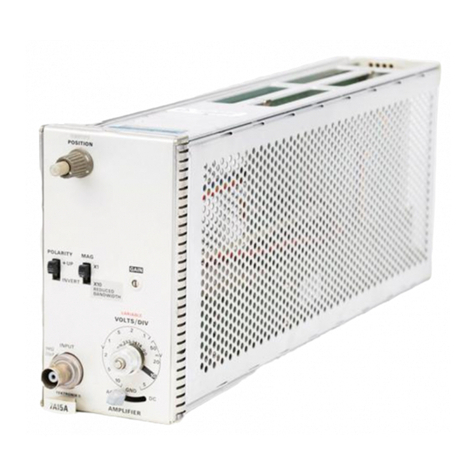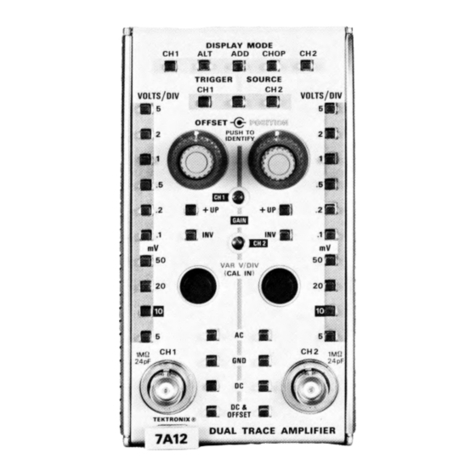Tektronix 7A18 User manual
Other Tektronix Amplifier manuals
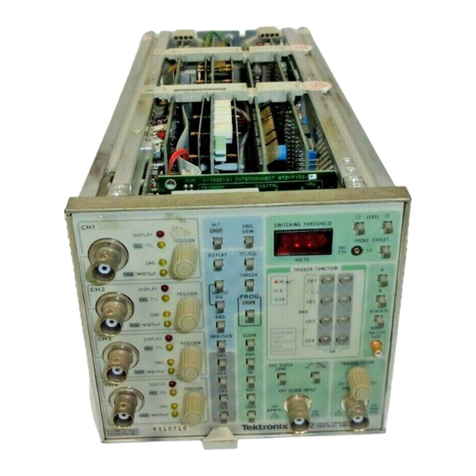
Tektronix
Tektronix 7A42 User manual

Tektronix
Tektronix Type B Plug-In User manual
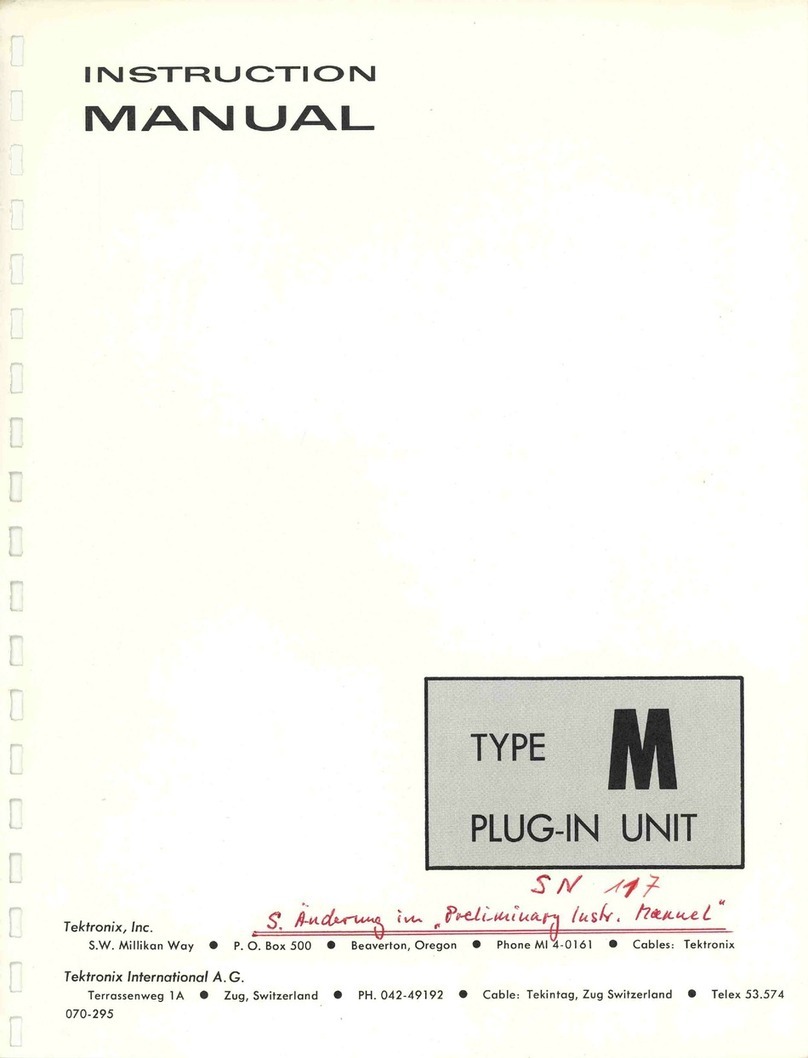
Tektronix
Tektronix Type M User manual

Tektronix
Tektronix 7A18 User manual

Tektronix
Tektronix 3240 User manual
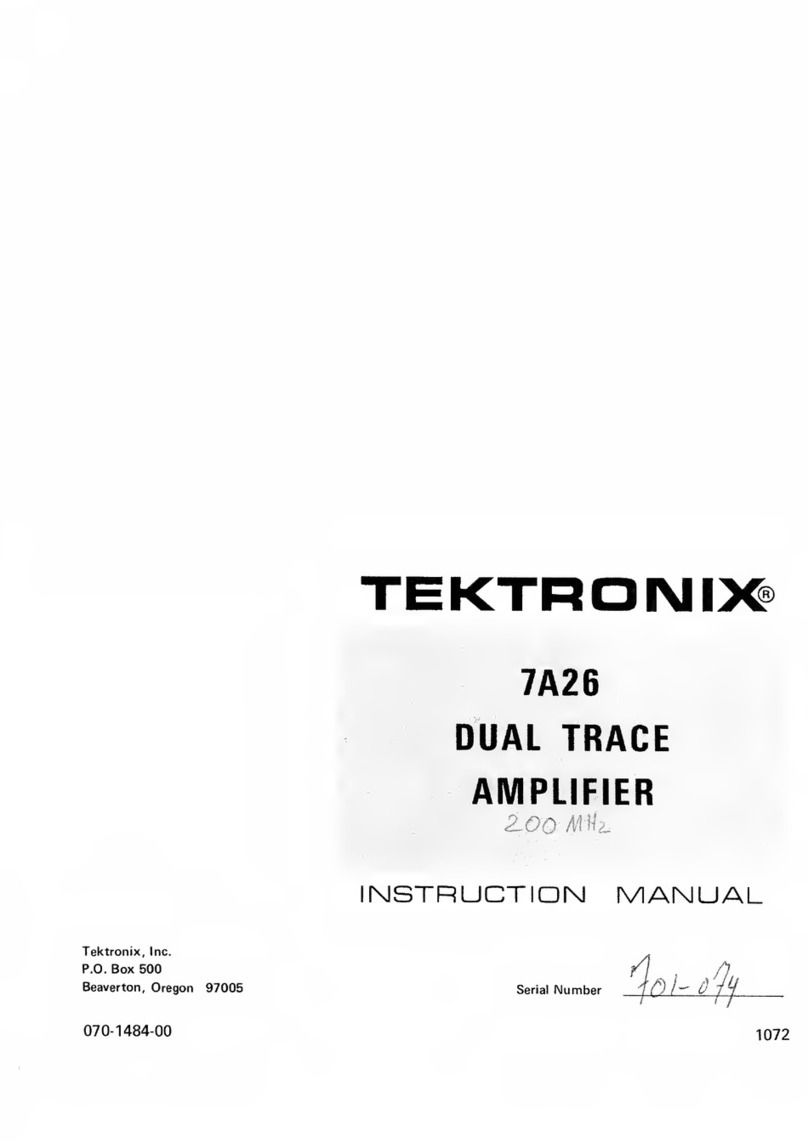
Tektronix
Tektronix 7A26 User manual
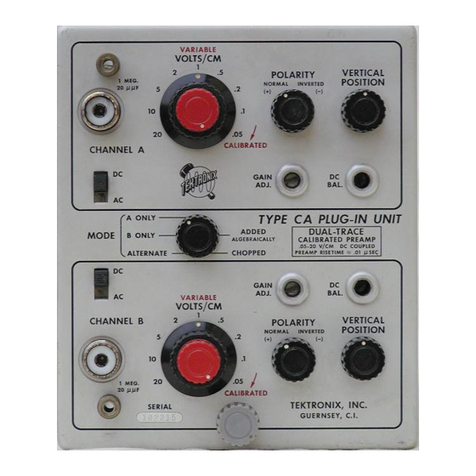
Tektronix
Tektronix TYPE CA User manual
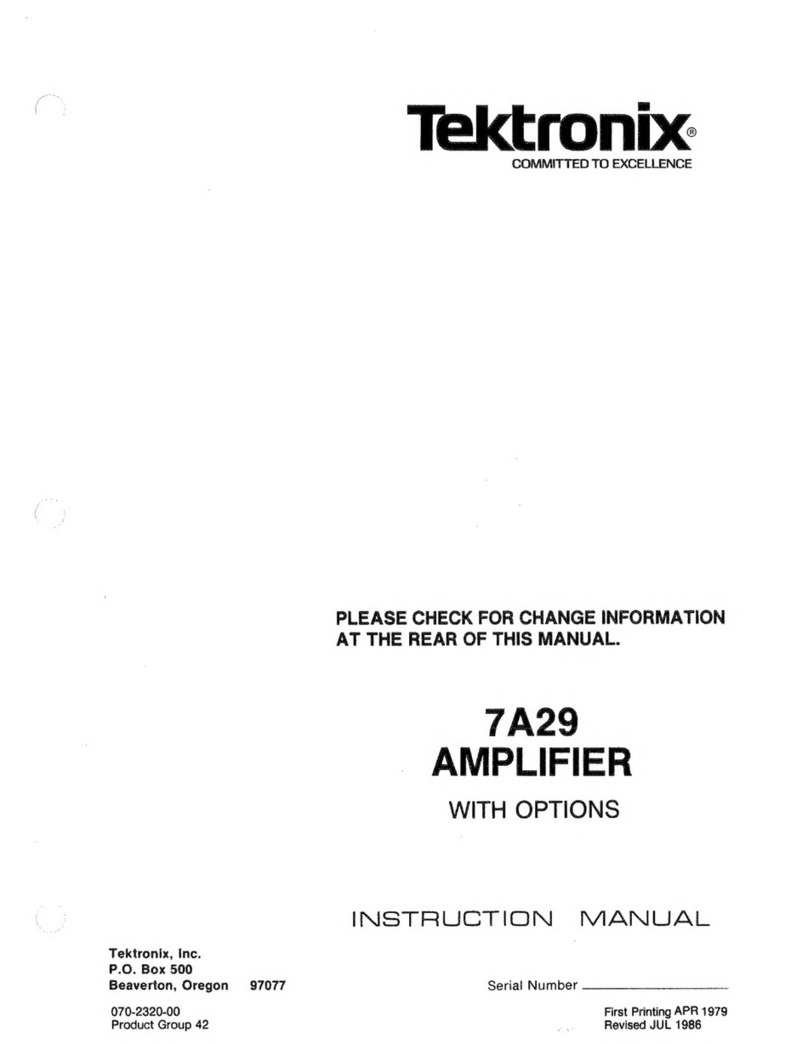
Tektronix
Tektronix 7A29 User manual
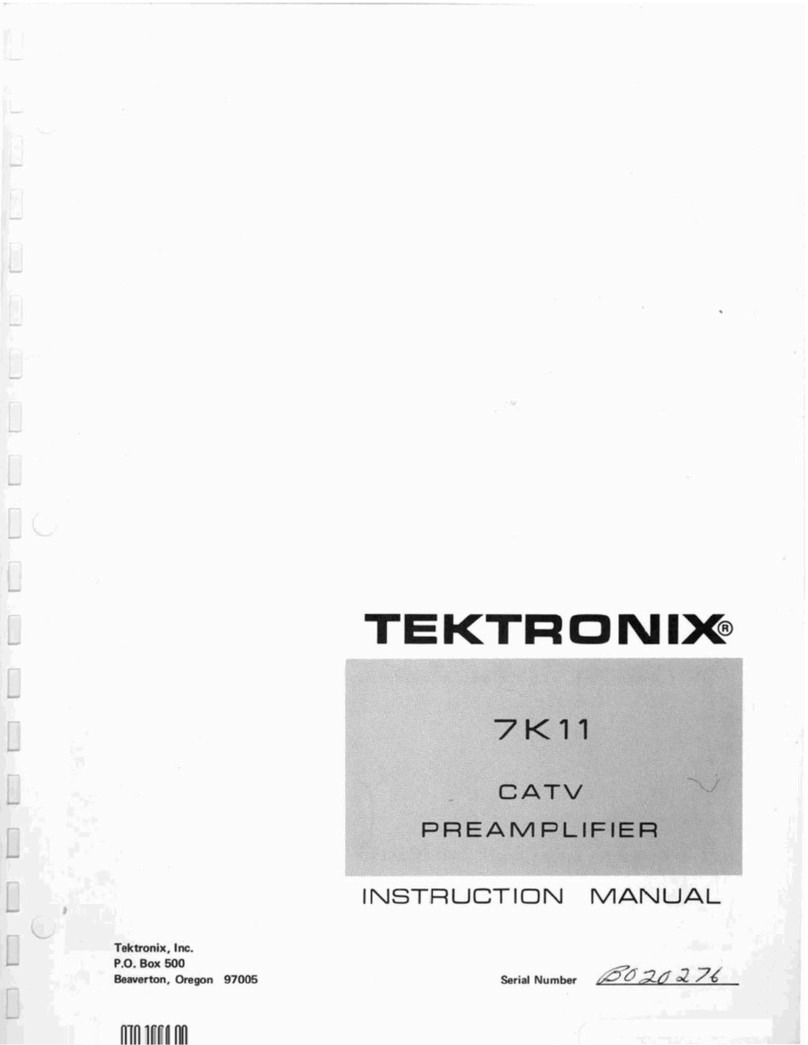
Tektronix
Tektronix 7K11 User manual
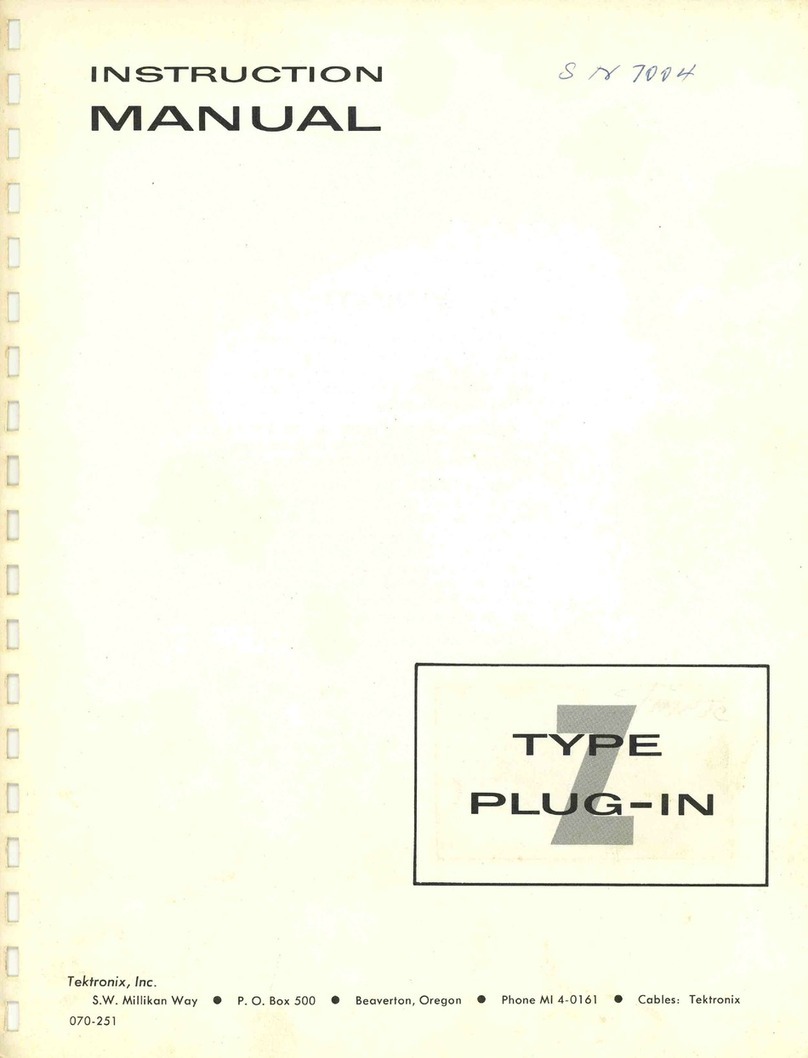
Tektronix
Tektronix TYPE Z PLIG-IN User manual
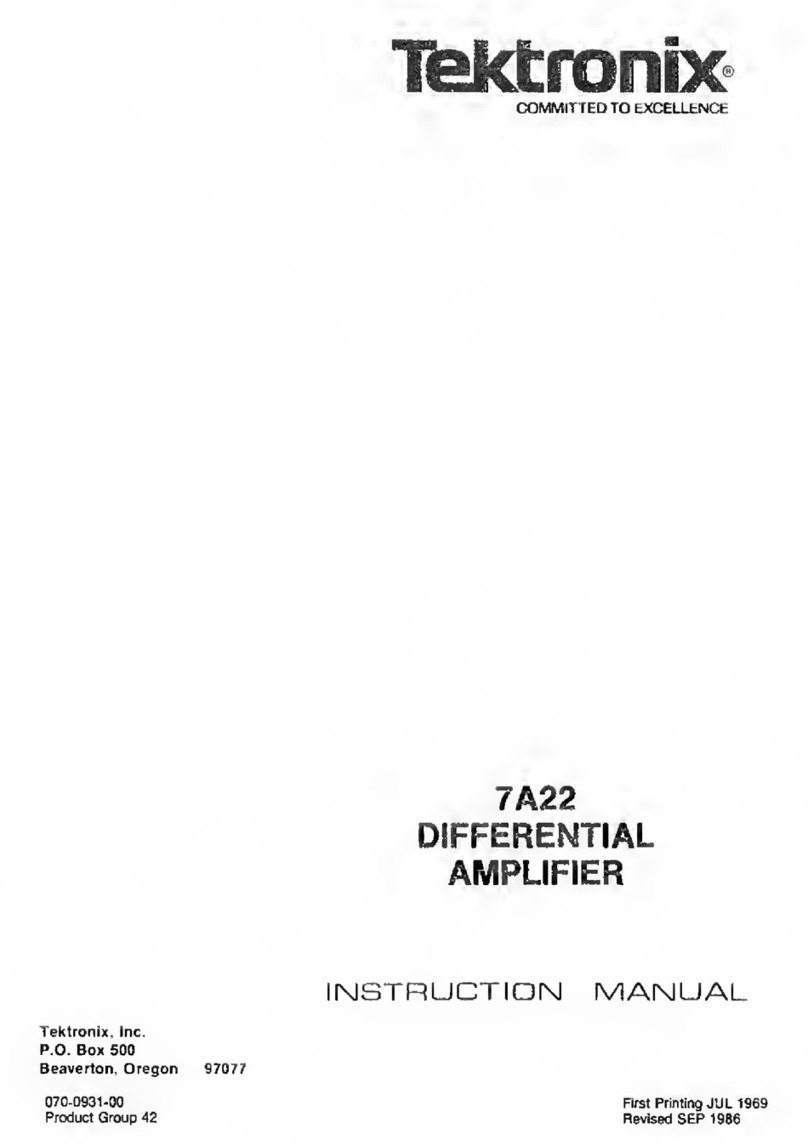
Tektronix
Tektronix 7A22 User manual
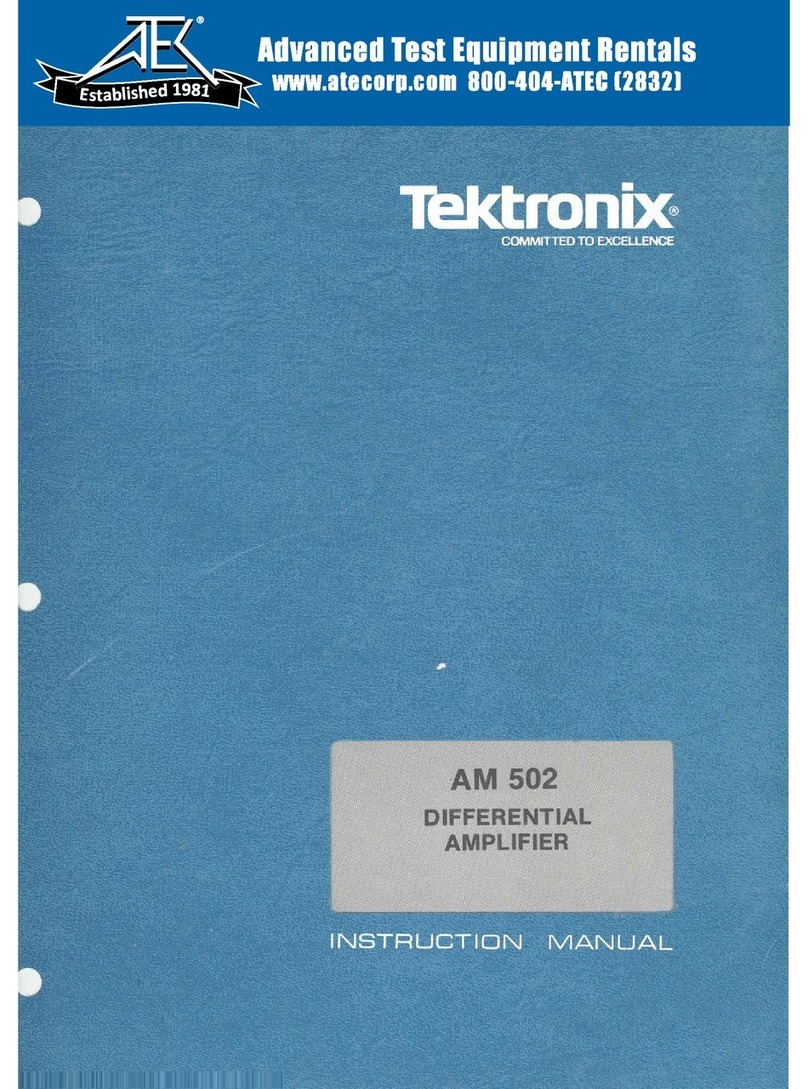
Tektronix
Tektronix AM 502 User manual
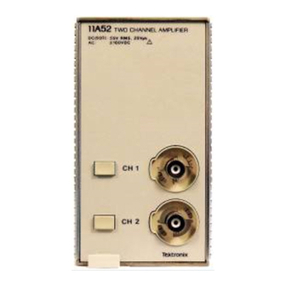
Tektronix
Tektronix 11A52 User manual
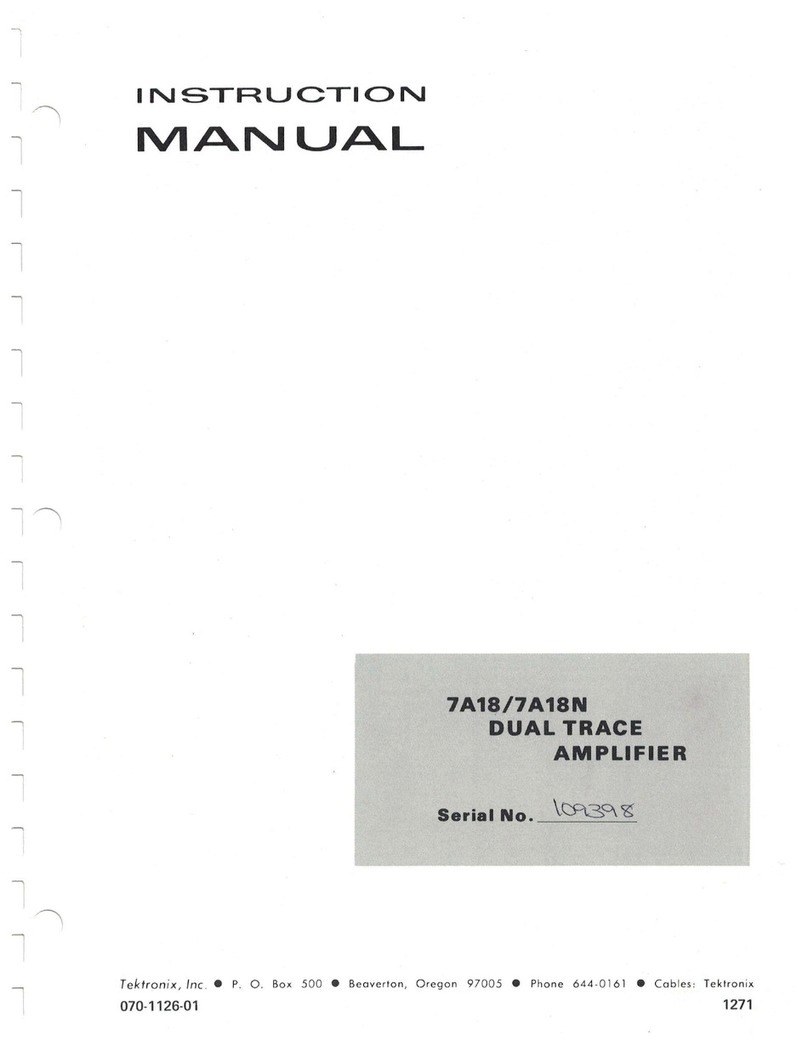
Tektronix
Tektronix 7A18 User manual
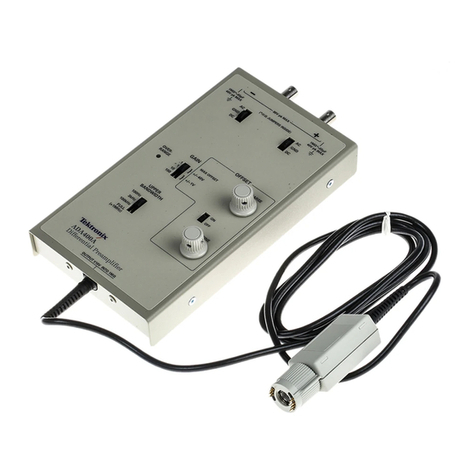
Tektronix
Tektronix TEKFAX ADA400A User manual
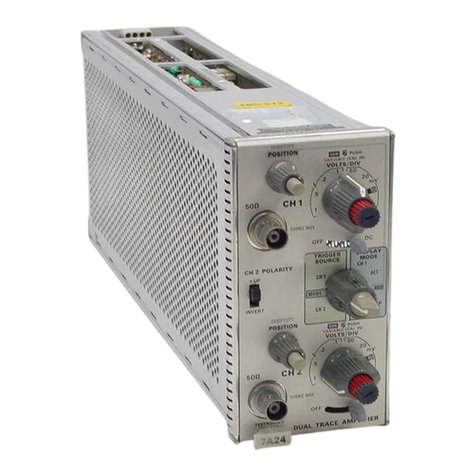
Tektronix
Tektronix 7A24 User manual

Tektronix
Tektronix 11A32 Assembly instructions
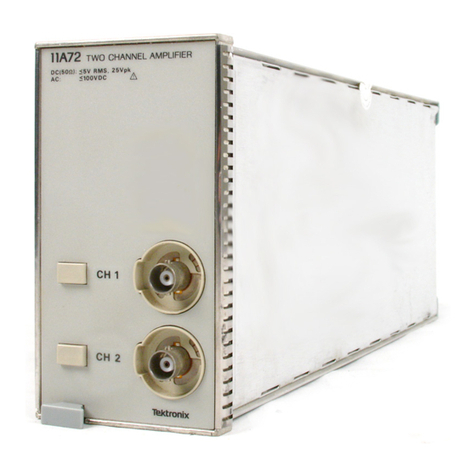
Tektronix
Tektronix 11A72 Owner's manual
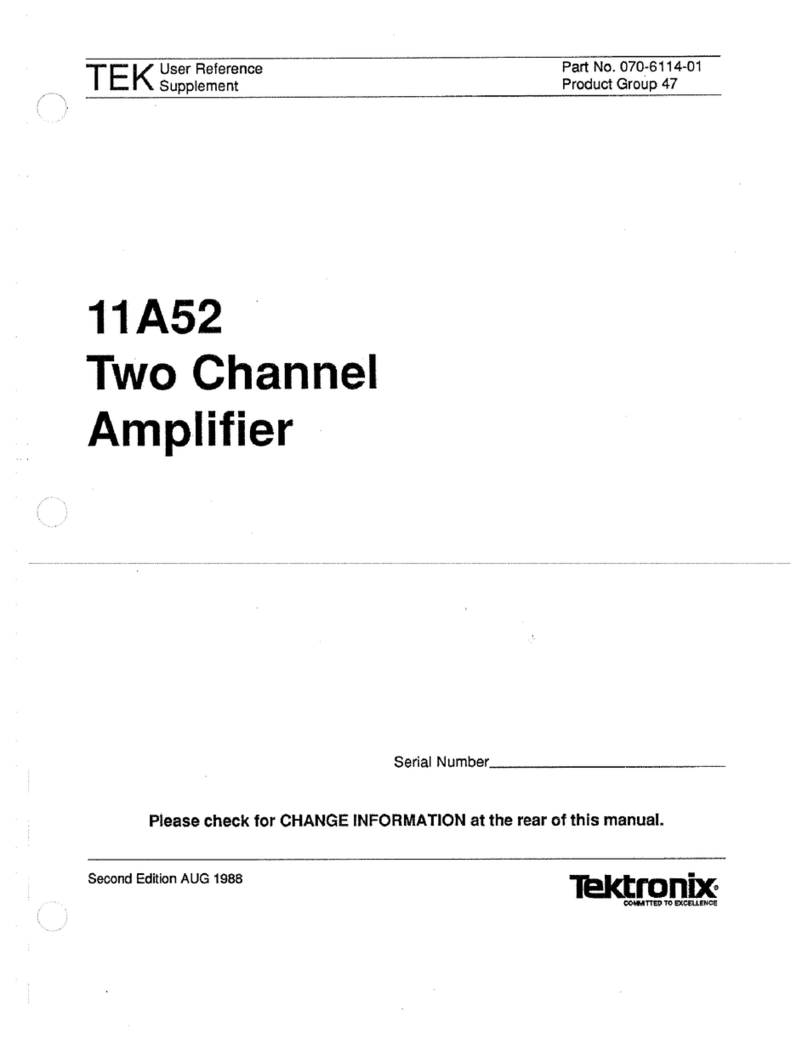
Tektronix
Tektronix 11A52 Owner's manual
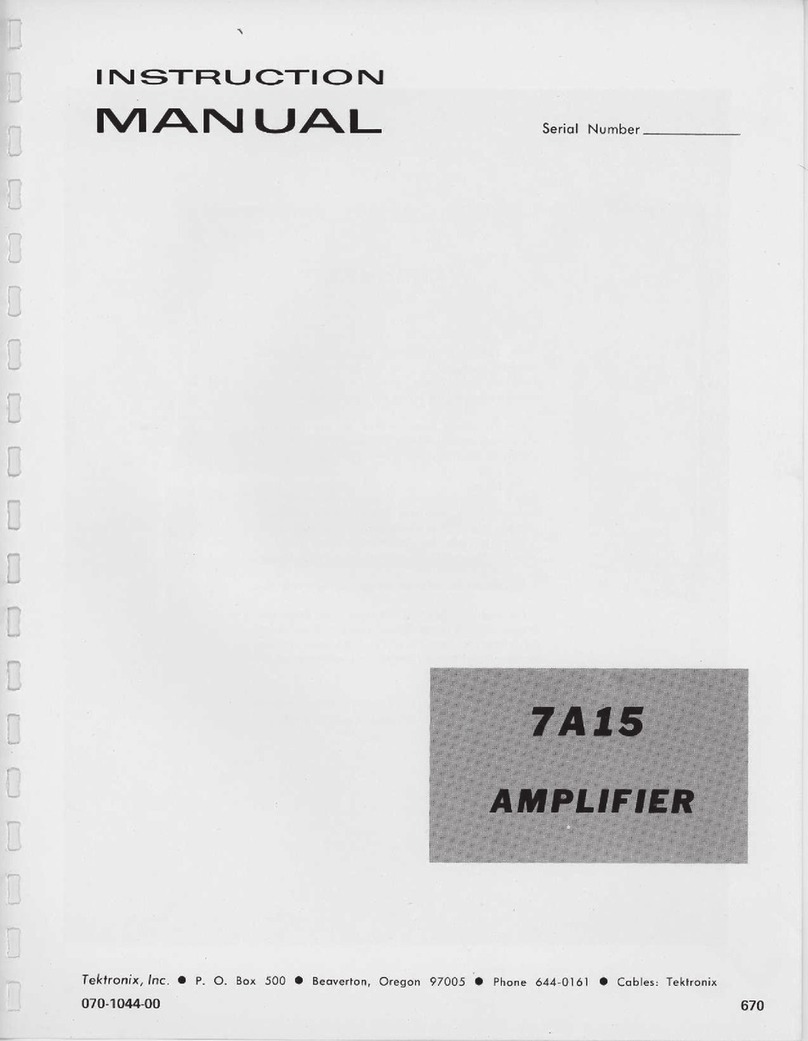
Tektronix
Tektronix 7a15 User manual
